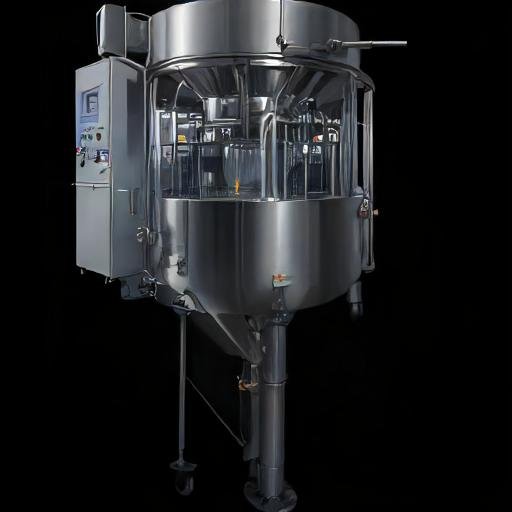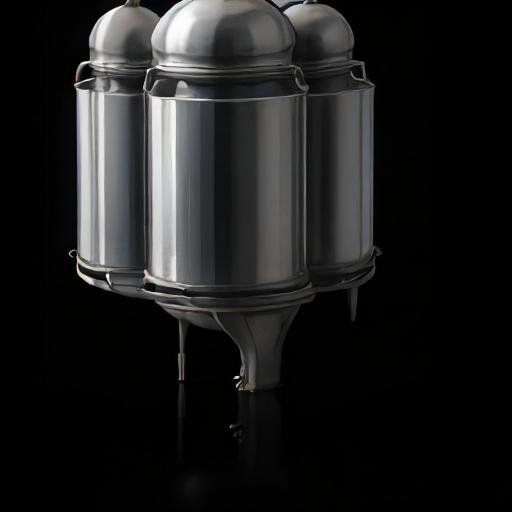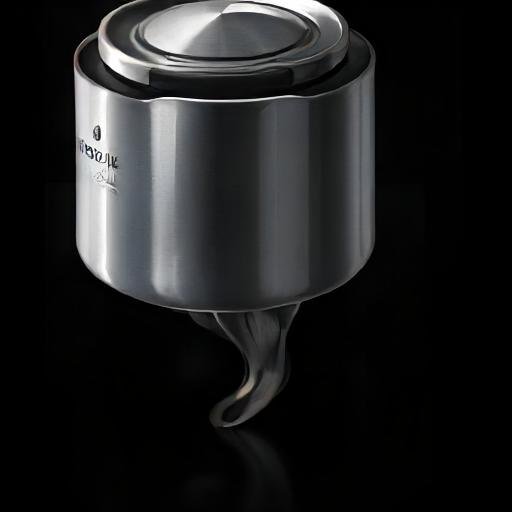The food industry is undergoing a major transformation, with stainless steel at the forefront of this evolution. From food processing plants to restaurants, stainless steel has become the material of choice for many businesses due to its durability, cleanliness, and versatility. In this article, we will explore how stainless steel is revolutionizing the food industry, focusing on its impact on food safety, processing efficiency, and sustainability.
Why Stainless Steel is the Preferred Material in the Food Industry
Stainless steel has unique properties that make it the ideal material for food-related applications. Its corrosion resistance, ease of cleaning, and high strength-to-weight ratio make it stand out among other materials. These attributes allow stainless steel to maintain hygiene standards, increase the lifespan of equipment, and reduce overall maintenance costs.
Corrosion Resistance and Durability
One of the key features of stainless steel is its exceptional corrosion resistance. In the food industry, where surfaces come into constant contact with water, acids, and salt, corrosion is a major concern. Stainless steel, particularly grades like 304 and 316, resists the formation of rust and other forms of corrosion. This extends the lifespan of food processing equipment, resulting in lower replacement costs and less downtime due to repairs.
Ease of Cleaning and Hygiene
The smooth, non-porous surface of stainless steel makes it extremely easy to clean and disinfect. This is crucial in the food industry, where maintaining hygiene is paramount. Stainless steel does not harbor bacteria, germs, or contaminants, reducing the risk of foodborne illnesses. Additionally, its resistance to harsh chemicals means that it can withstand repeated cleanings with strong disinfectants without deteriorating.
The ability to maintain high sanitation standards with ease has made stainless steel the material of choice for food preparation surfaces, storage containers, and utensils.
How Stainless Steel Improves Food Processing Efficiency
In food processing, efficiency is vital. Stainless steel contributes to better efficiency in several ways, from its strength to its ability to withstand extreme temperatures.

Temperature Resistance
Stainless steel can endure both high and low temperatures without losing its structural integrity. This makes it an ideal material for food processing plants, which often need equipment to handle extreme heat during cooking and baking, as well as freezing temperatures for storage and preservation. This versatility reduces the need for different materials, simplifying operations and improving efficiency.
Mechanical Strength and Durability
The high strength-to-weight ratio of stainless steel allows it to endure heavy loads and repeated use without bending or breaking. This is particularly important in the food processing industry, where machinery often handles large quantities of food and operates continuously. Using stainless steel equipment helps to avoid frequent breakdowns, reducing downtime and increasing production efficiency.
Energy Efficiency
Stainless steel’s thermal conductivity plays a role in improving the energy efficiency of food processing operations. Equipment made from stainless steel can transfer heat efficiently, reducing energy consumption and ensuring that food is processed at optimal temperatures.
Stainless Steel and Food Safety: A Perfect Partnership
Food safety is a top priority in the food industry, and stainless steel plays a crucial role in meeting safety standards. The material’s ability to maintain cleanliness and resist contamination makes it an excellent choice for food contact surfaces.
Prevention of Bacterial Growth
Unlike some other materials, stainless steel does not have pores or cracks where bacteria can hide and multiply. This ensures that surfaces can be thoroughly cleaned and sanitized, significantly reducing the risk of cross-contamination. This property is especially important in sectors like meat processing and dairy production, where stringent hygiene protocols are enforced.
Compliance with Industry Regulations
Regulatory bodies like the Food and Drug Administration (FDA) and the European Union (EU) have strict guidelines on materials used in the food industry. Stainless steel meets or exceeds these standards, making it a widely accepted material for food production, packaging, and storage. Its compliance with these regulations also ensures that companies using stainless steel can avoid fines, recalls, and other legal issues related to food safety violations.
Sustainability: Stainless Steel’s Role in a Greener Food Industry

In addition to its functional benefits, stainless steel also offers environmental advantages, contributing to the food industry’s growing focus on sustainability.
Recyclability and Reduced Waste
One of the most significant benefits of stainless steel is its recyclability. The material can be recycled indefinitely without losing its properties, making it a sustainable choice for food industry equipment. Recycling stainless steel reduces the need for new raw materials and minimizes waste, aligning with the industry’s goals of reducing its carbon footprint.
Longevity and Reduced Resource Consumption
Because stainless steel is so durable, equipment made from this material tends to last much longer than equipment made from alternatives like plastic or aluminum. This reduces the frequency of replacements, cutting down on resource consumption. For food industry businesses, this means lower costs in the long term and a smaller environmental impact.
The Future of Stainless Steel in the Food Industry
As the food industry continues to evolve, stainless steel will remain a cornerstone material due to its numerous benefits. Advances in stainless steel alloys and manufacturing processes are likely to further enhance its suitability for food-related applications. For example, new grades of stainless steel are being developed to offer even greater corrosion resistance, strength, and heat tolerance, ensuring that the material will continue to meet the demands of the food industry for years to come.
Innovations in Stainless Steel Applications
The future of stainless steel in the food industry isn’t just about improving existing products. Innovations are being developed in areas like automated food processing equipment, which relies heavily on stainless steel components for durability and precision. Additionally, the growth of sustainable packaging solutions that incorporate stainless steel is helping the food industry reduce its environmental footprint.
Conclusion
The revolution brought by stainless steel in the food industry is undeniable. Its corrosion resistance, hygiene standards, durability, and sustainability make it an indispensable material in food processing, packaging, and storage. As the industry continues to prioritize efficiency, safety, and sustainability, stainless steel will remain a key player, ensuring that the food industry remains robust and forward-looking.
